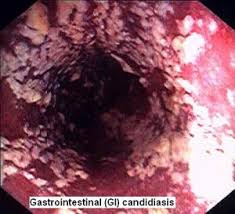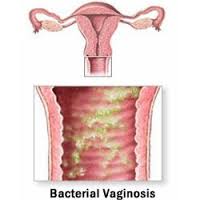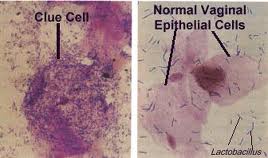Bacterial Vaginitis is an inflammation of the vagina which is caused by excessive growth of the bacteria called Gardnerella vaginitis, already present in the vagina. Gardnerella vaginitis is not solely responsible for this problem. When these different species of bacteria are imbalanced the vaginal discharge gives out a foul odor. Excess discharge and foul odor are the most common symptoms of this disease.
Even though the exact cause is unknown this disease mainly spreads through sexual intercourse, douching, use of intrauterine birth control device (IUD). It is one of the most common types of vaginal infection found in women. Even though there are quick remedies and medicines for this disease, if not treated on time it can be very dangerous. It may cause pelvic inflammatory disease (PID), endometritis, cervcitis, pregnancy complication and post-operative infection.
Home Remedies for Bacterial Vaginitis
* A good hygiene becomes very important if you want to stay away from bacterial vaginitis.
* Wear clean and properly washed underwear because the detergent residue may just cause an itching problem.
* Always wipe from front to back whenever you visit the toilet or otherwise to avoid the transfer of germs from rectal to genital area.
* If you have a bathtub see to it that it is properly cleansed as it is one of the favorite places for germs to reside.
* Have a warm bath, if possible without soap as it may cause irritation to the genital tissue. Soap removes natural oils from your body and also makes you defenseless against the germs. This aggravates your problem of vaginal infection.
* Drink at least four ounces of pure cranberry juice everyday to fight this bacterial disease.
* Having eight-ounces of yoghurt everyday keep women away from frequent problems of bacterial vaginitis or vaginosis. The acidophilus bacteria present in the yoghurt helps in creating a healthy bacterial environment.
* If the vagina is swollen you can use plain tea bag soaked in water, cooled in refrigerator to be applied externally to prevent itching. The tannin in tea gives a soothing touch.
* You can also use cold compress which alleviates the swelling and itching of the vagina. The cooling factor squeezes the blood vessels and prevents it from swelling and turning red.
* Avoid tight clothes and try to wear cotton panties which absorb moisture and provide good air circulation.
Warning: The reader of this article should exercise all precautionary measures while following instructions on the home remedies from this article. Avoid using any of these products if you are allergic to it. The responsibility lies with the reader and not with the site or the writer.
[wpmasstube keyword=’Bacterial Vaginosis’ maxvideos=’3′ description=’yes’ width=’100′ height=’70’ showcontrols =’0′ buttontext =’Click Here for a natural cure for Bacterial Vaginosis’ buttonurl =’http://’ buttoncolor=’red’]






